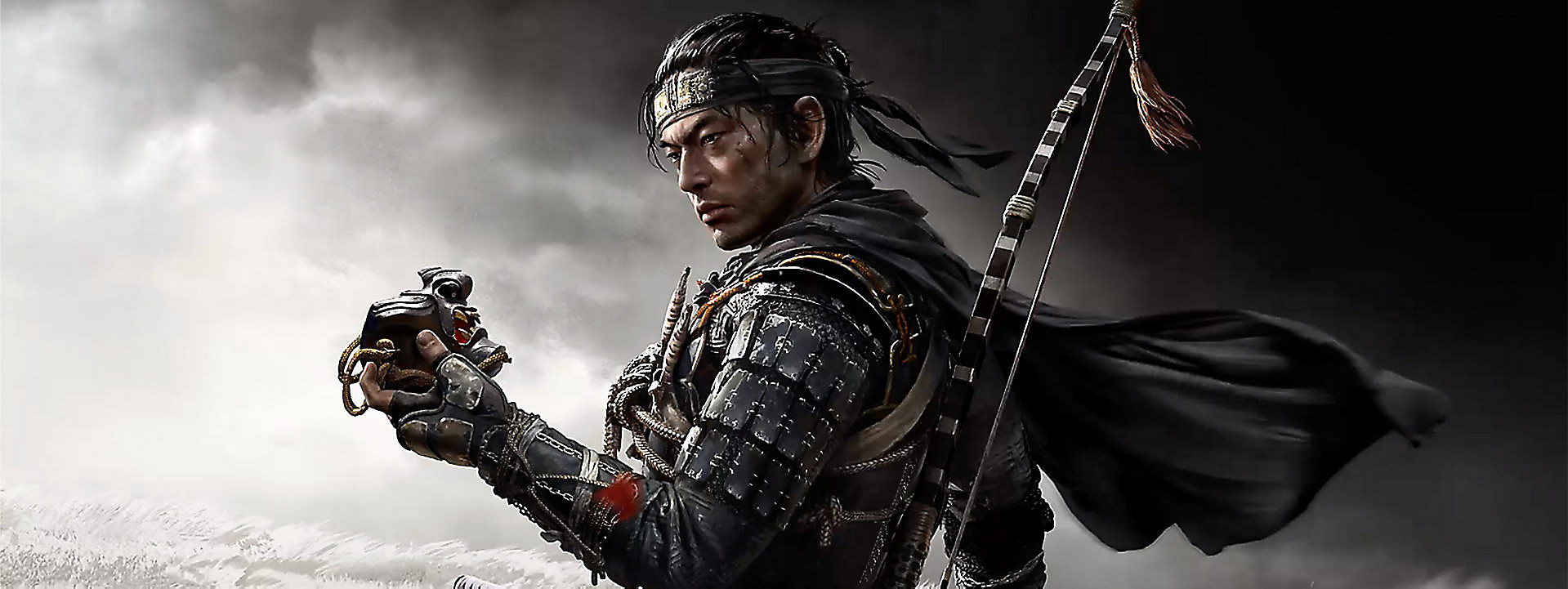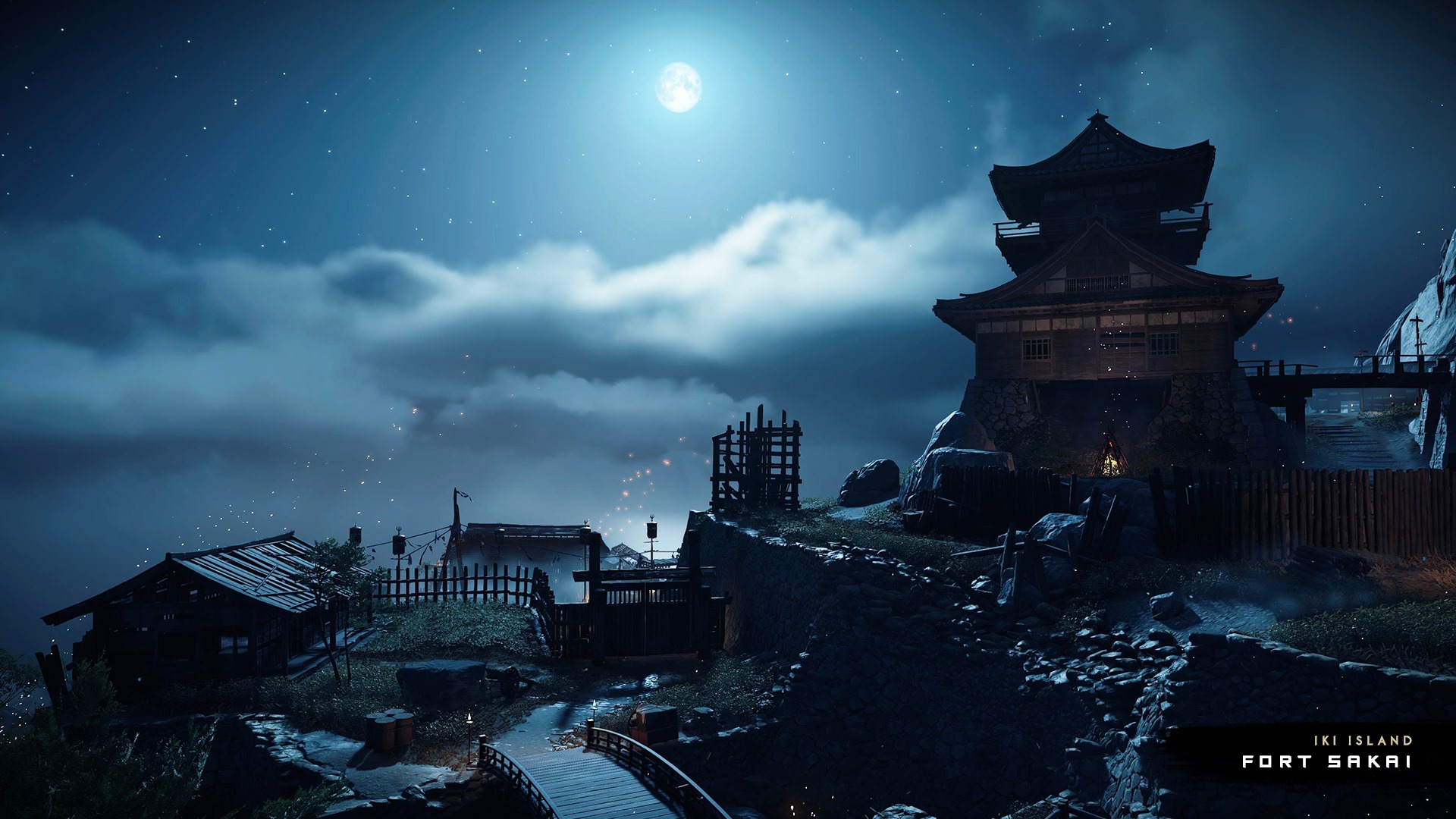

By using stealth and terror, Jin comes into conflict with both his own ideals and those of his uncle, a true samurai traditionalist. The game’s story is anchored around the idea that Jin, driven as he is towards saving the island and avenging the fallen, is drawn to regard tactics that would be considered dishonorable by the Bushido code.

The most fully-realized aspects of Ghost of Tsushima are its combat and stealth mechanics. By using stealth and terror, Jin comes into conflict with the ideals of the Bushido code. To save Tsushima, Jin embraces tactics that would be considered dishonorable.
#Ghost of tsushima initial release date Ps4#
This isn’t to suggest that the marketed visuals have been dishonest (outside the obvious fact that marketing footage tends to be curated and taken from the PS4 Pro), but that there exists a disparity of quality between the majestic open-world and the weak staging of many of the game’s minor cutscenes and inelegant transitional animations. Sure, not every asset in a major video game is given the deluxe treatment – main characters get more attention to model work and animation than enemy minions, non-hostiles, and civilians – but the gap in quality here is so apparent, one wonders if the game needed to be reined in, or to have simply spent more time in the oven. There’s a sense that the scope of Ghost of Tsushima far exceeded Sucker Punch’s ability to perfect every single piece of content needed for it. Some look as if all the time in the world was spent polishing them for possible use in promo trailers, and others are stiff and poorly served by a lack of bespoke lighting conditions. Combat animations can look janky – there’s an unnaturalness to the way one movement flows into another – and cut-scenes vary in quality. What undoes the visual magic of Ghost of Tsushima are the little details. The pampas grass sways in the wind, sunlight and moonlight alike shimmer off bodies of water and are divided by the many trees. Like Sucker Punch’s previous offering, Infamous: Second Son, the world of Ghost of Tsushima is a sight to behold. Amidst the ancient landmarks, peaceful farmsteads, and humble villages, you’ll find the Mongol invaders who threaten the safety of the island. Complicating matters is its unwavering commitment to a dark, serious tone devoid of levity and a representation of Japanese history that feels limited by a tellingly gaijin compulsion towards reverence.Īs Sakai, you’ll travel the vast countryside of Tsushima to recruit allies for your cause.

Jin emerges as the massacre’s sole survivor and begins plotting his crusade to single-handedly drive back the Mongols and rescue his uncle from the ruthless general Khotun Khan.īut while Ghost of Tsushima offers decent thrills through its combination of demanding sword combat and stealth murder tactics, it is undermined by its refusal to innovate on the broader trappings of open-world games. Things do not go well, as he and his noble brethren are wiped out at Azamo Bay. Ghost of Tsushima casts players as Jin Sakai, a samurai warrior who joins his uncle Lord Shimura and the rest of the samurai inhabiting the island of Tsushima in fending off the first Mongol invasion of Japan.

It’s easily the most ambitious output from Sucker Punch Productions to date. It creates a fictionalized account of the Mongol Invasion and weaves the tale into the most videogamey of videogame things – an open-world sandbox filled with straw-hat wearing ronin, mischievous foxes, hot springs, and meditative haiku. As an earnest, respectful tribute to jidaigeki dramas and the films of Akira Kurosawa, Ghost of Tsushima fares well enough.


 0 kommentar(er)
0 kommentar(er)
